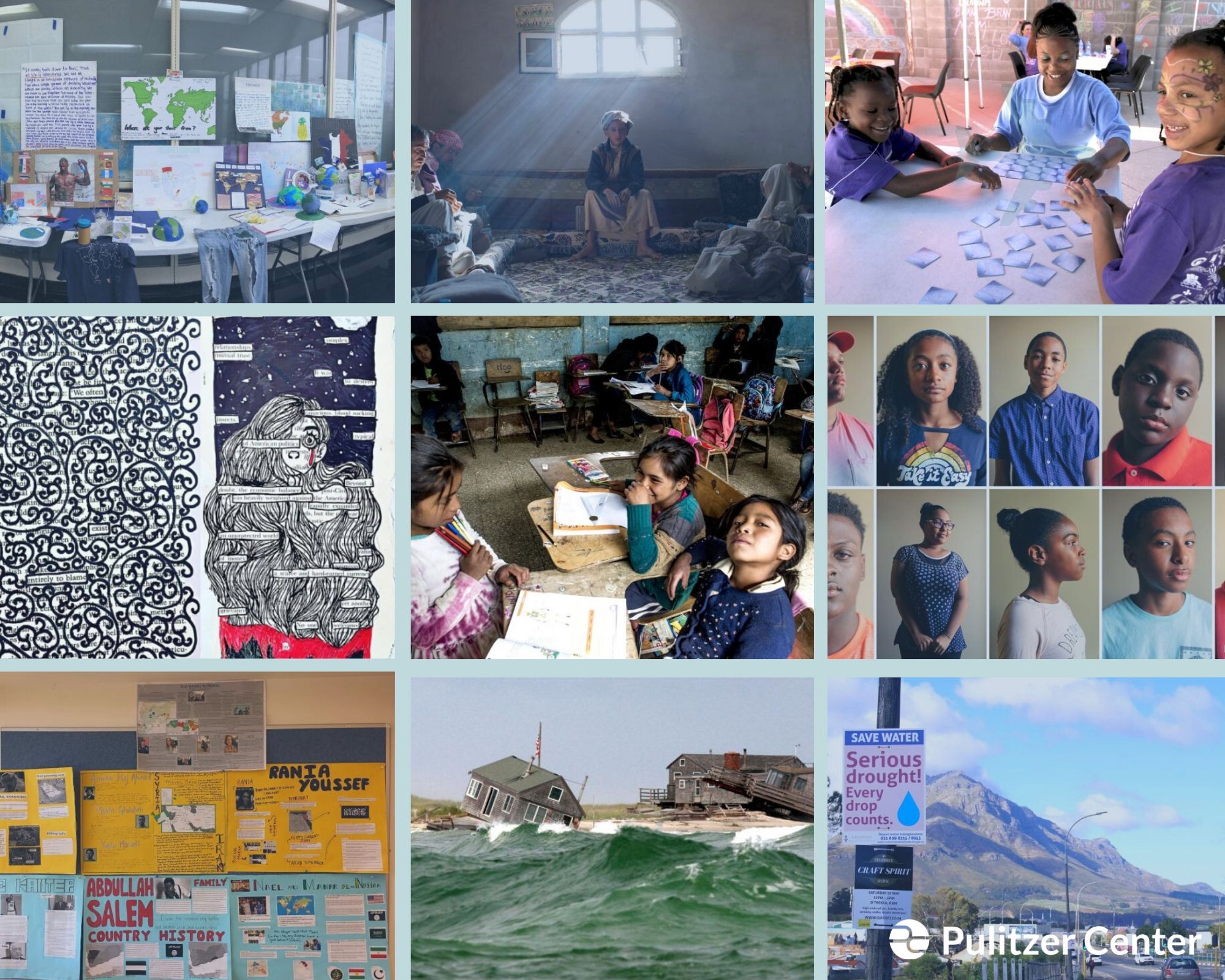The Pulitzer Center education team and our community of educators create standards-aligned lesson plans for K-12 classrooms that use under-reported news stories to strengthen students’ global awareness, critical thinking, and empathy.
In 2019, our curricula connected with more classrooms than ever. We created 37 new lesson plans, highlighted student work through our international poetry and letter-writing contests, and connected with students across the U.S. and beyond in-person and digitally.
At the start of the new year, we present our top ten lesson plans of 2019, selected by our education team to spotlight diverse subjects and geographies.
Stay in the loop about our newest resources and opportunities by joining our Facebook group for educators and signing up for our weekly newsletter.
10. The People Behind the Stories

Projects by students in Sharna Marcus's class at Walworth Barbour American International School. Image by Sharna Marcus. Israel, 2019.
The news can feel overwhelming. What happens when we view big global issues through the lens of an individual? This lesson guides students through a deep dive into the lives of the people who are affected the stories they hear about in the news, and how one person can have a global impact.
9. Challenges and Support for Children with Incarcerated Parents
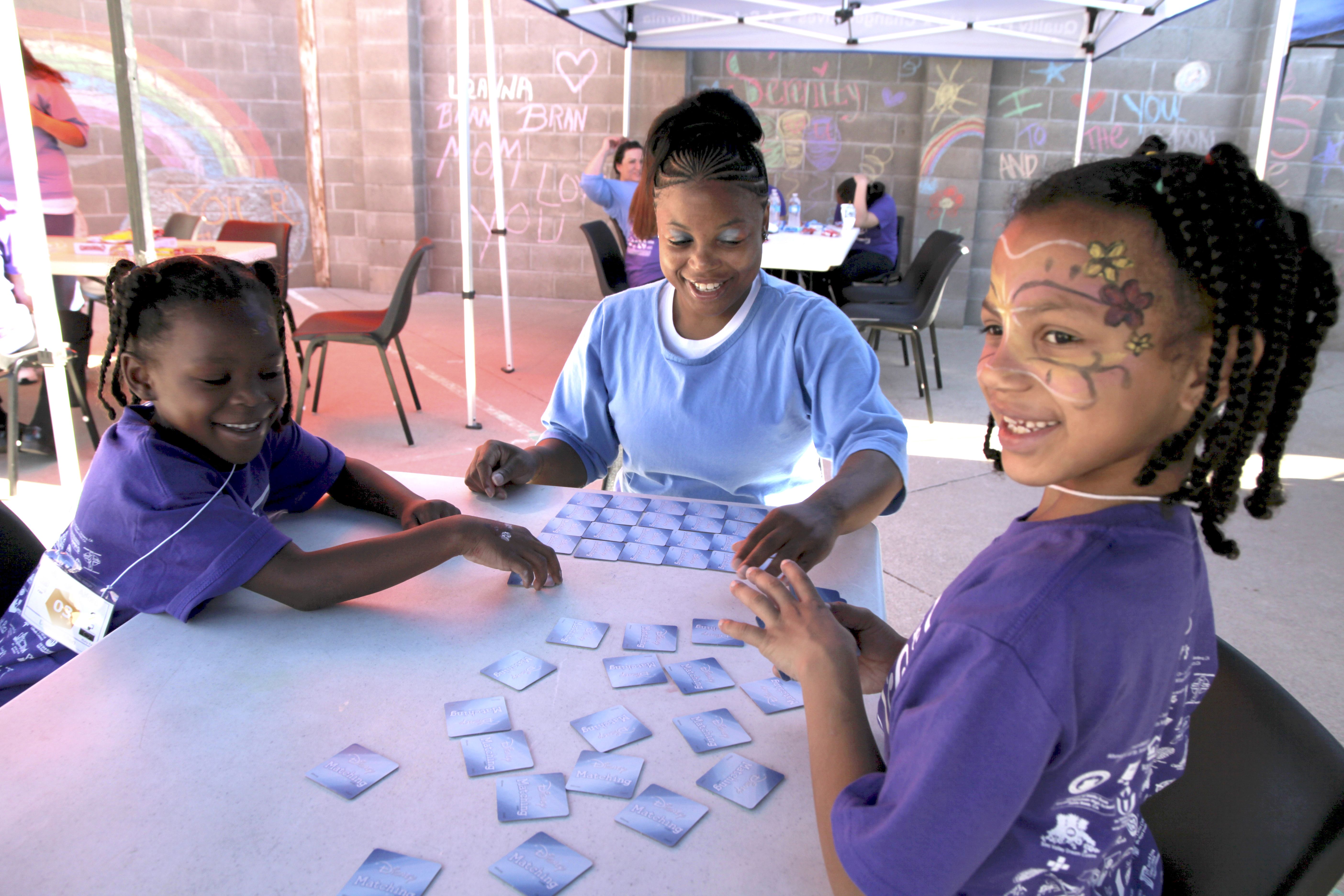
ALL SMILES Mi'Angel (left) and Mayal enjoy a card game with their mom, Donisha. Image by Jaime Joyce. United States, 2018.
In 2019, the Pulitzer Center launched a new issue on criminal justice to capture increased reporting on this subject. One of those reporting projects highlights the experiences of children who have a parent in jail or prison—as one in 28 U.S. children do. This lesson provides a framework for discussing this story, and developing solutions to some of the challenges these children face.
8. Sourcing Our Stuff: Exploring Ethics in Clothing, Accessories, and Food
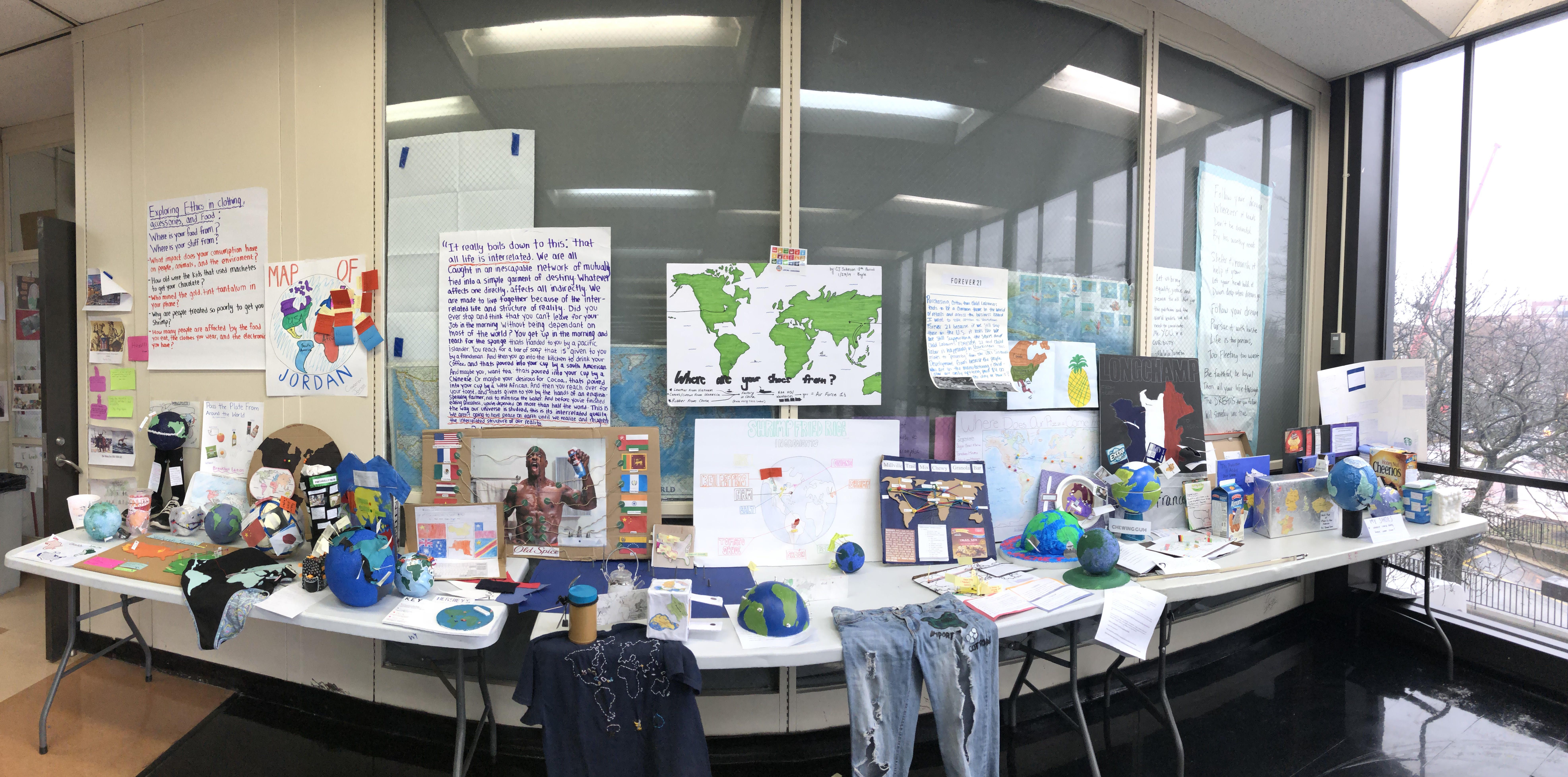
Student Projects. Image courtesy of Anne-Michele Boyle.
This project-driven unit, created by Chicago high school teacher Anne-Michele Boyle, cultivates an awareness of how our consumption habits connect us with people and places across the globe and how we can be more ethical in our choices.
7. Analyzing the Impacts of Climate Change on Cape Cod

Two of five beach houses on the southern tip of Nauset Beach in Chatham were knocked off their foundations by a 2009 storm. Image by Vincent DeWitt. United States, 2009.
This lesson uses the Boston Globe’s months-long, multimedia investigation into climate change along the Cape to explore the effects of climate change on everything from ecosystems to business interests to quality of life.
6. A Lost Generation: Learning About Family Migration from Indigenous Villages in Guatemala
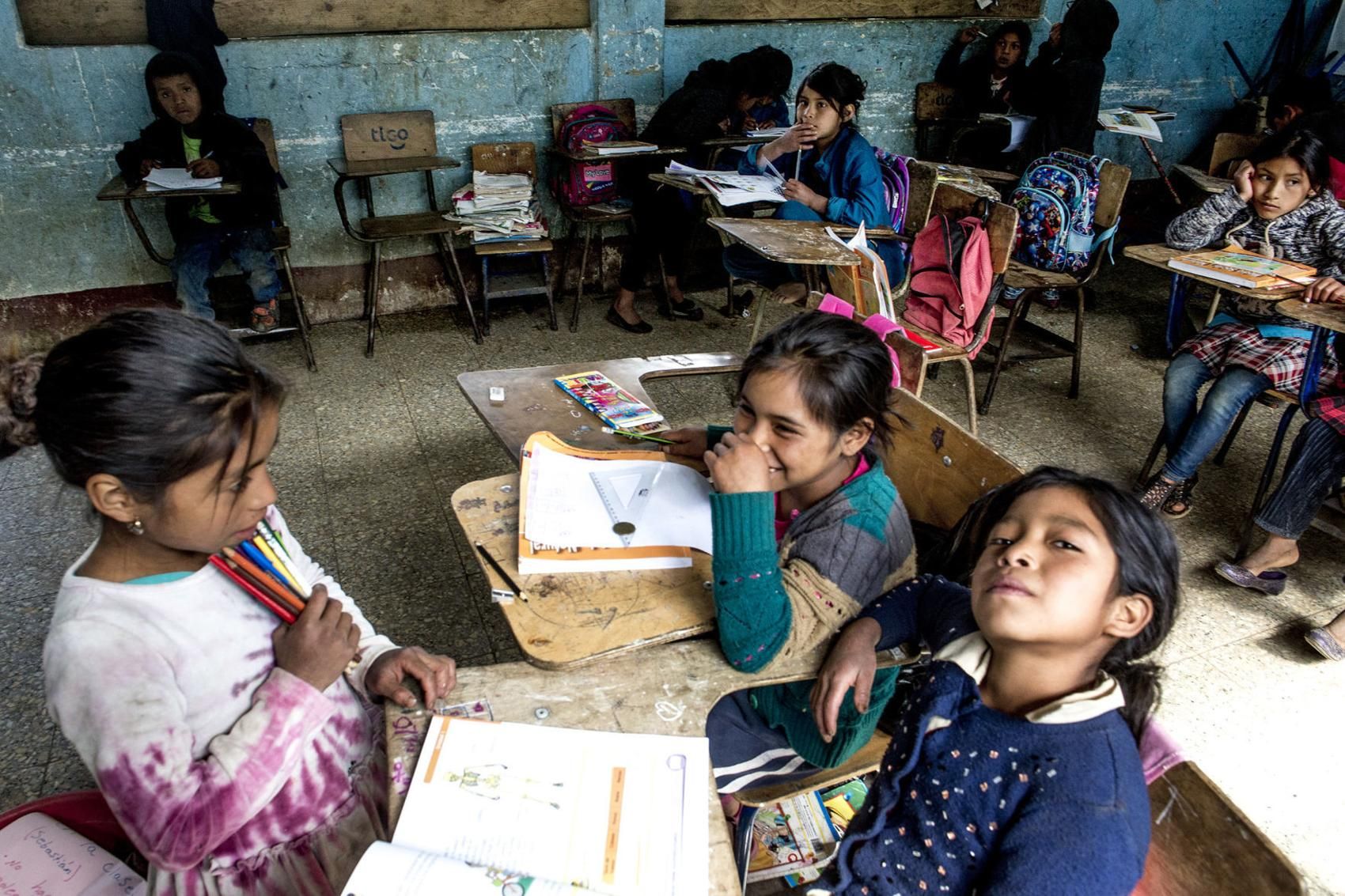
An empty desk where Baldemar Lucas García Alonzo once sat sits against the wall at the primary school in Bulej, Guatemala. Baldemar left with his father the previous week for the U.S. Image by Simone Dalmasso/The Arizona Daily Star. Guatemala, 2019.
Our Bringing Stories Home initiative allowed us to connect communities across the country with their local news outlets, from Louisville to Milwaukee and from Flint to Tuscon. This lesson plan features a reporting project from the Arizona Daily Star and explores the causes and long-term effects of migration from Guatemala on its rural communities and families.
5. Blackout Poetry for Thematic Connections to News and Literature

Blackout poetry from students at R.J. Reynolds High School in Winston-Salem, NC. Image by Pamela Henderson. United States, 2019
This lesson plan, developed by Winston-Salem high school teacher Pamela Henderson-Kirkland, asks students to demonstrate textual analysis and creative skills by creating erasure poems from nonfiction texts.
4. Fighting Climate Change with Community Action
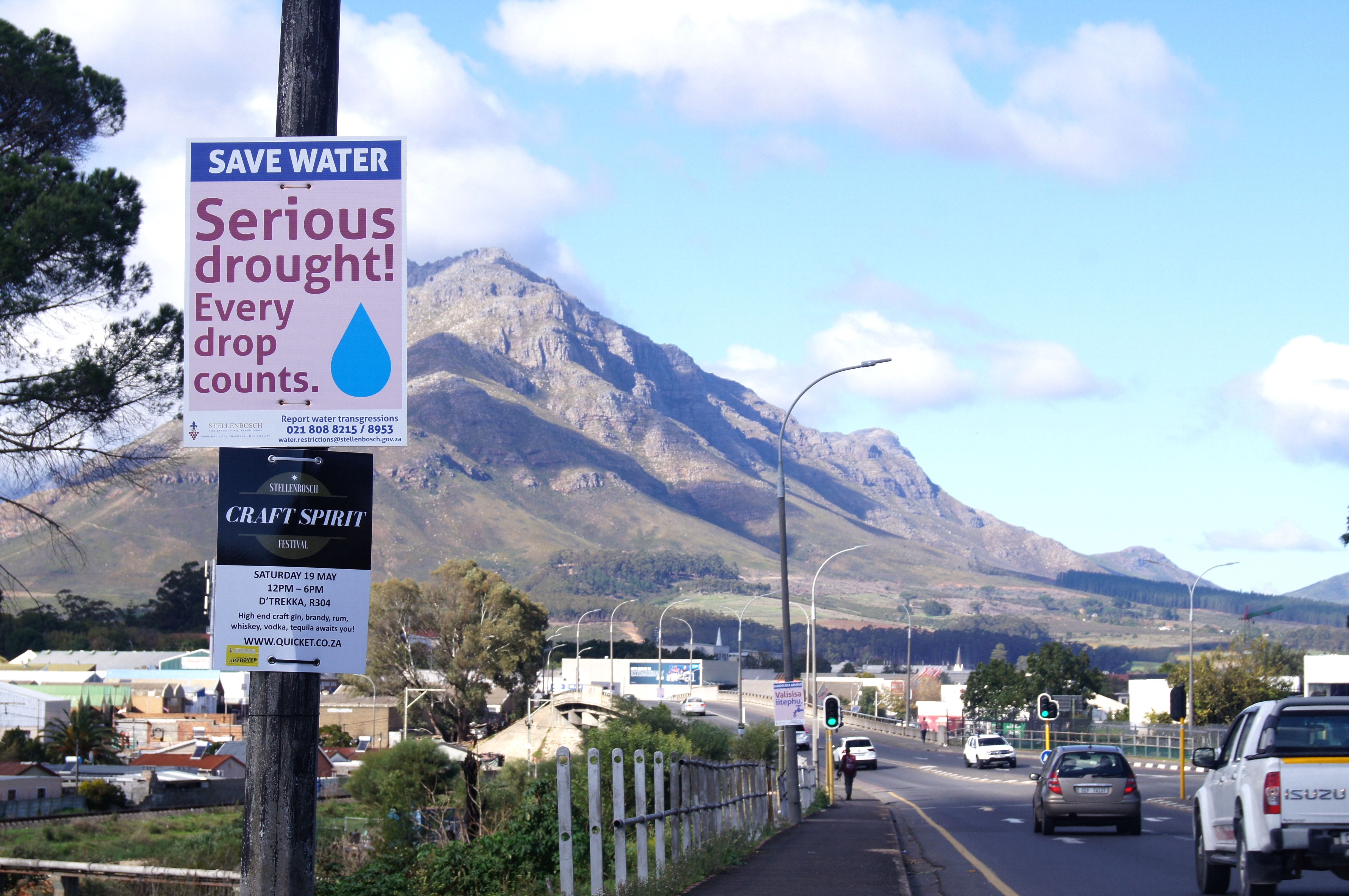
Signs posted in Stellenbosch just outside of Cape Town in English, Xhoosa, and Zulu. Image by Jacqueline Flynn. South Africa, 2018.
While this year has been full of headlines about climate change tipping points, it has also been full of vocal environmental activism, especially from youth. This lesson centers stories about people who are working on solutions to environmental problems, and challenges students to take action themselves.
3. The Weekly: Evaluating Accountability in Journalism and Education
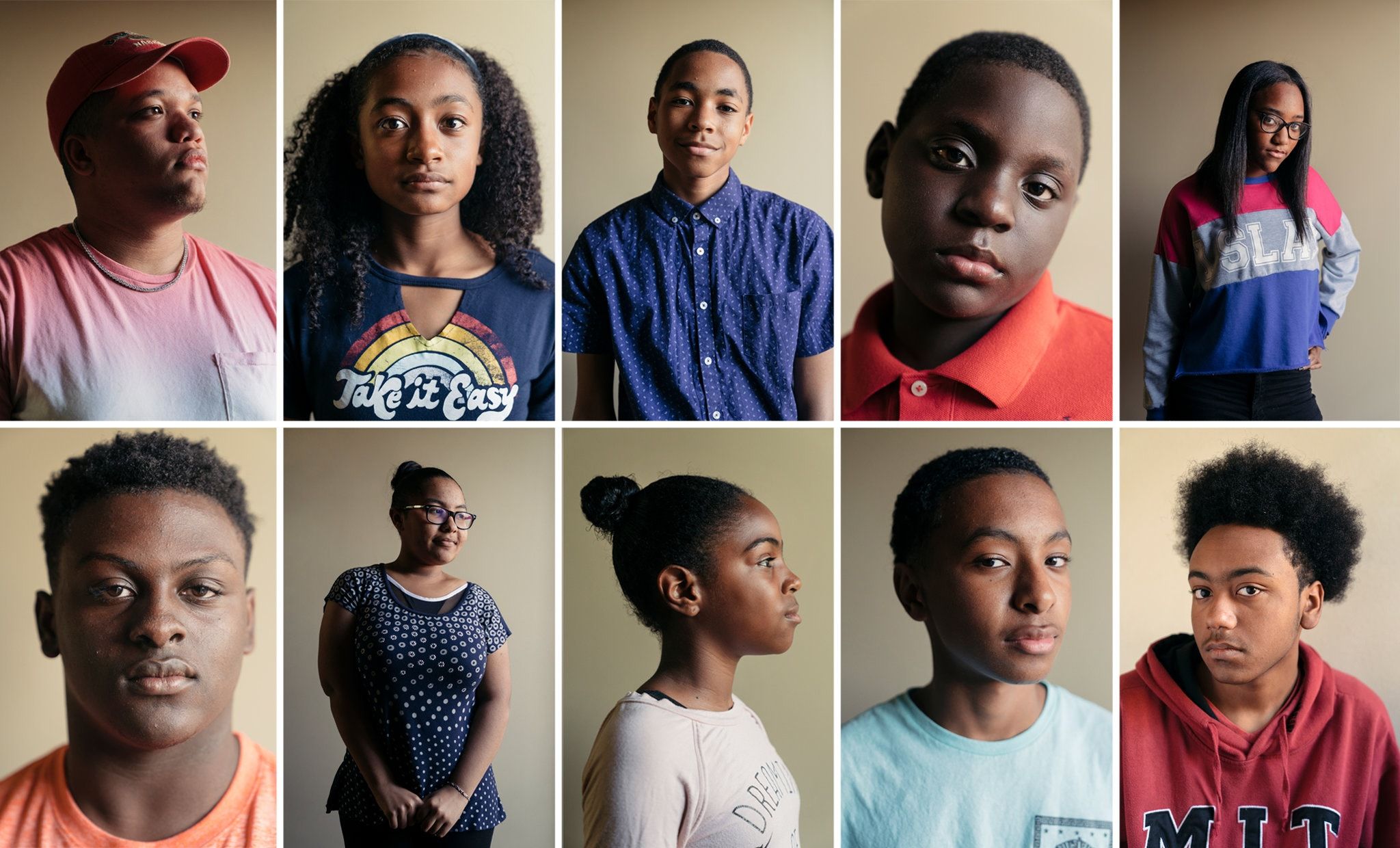
Former T.M. Landry students, clockwise from top left: Bryson Sassau, Liana Williams, Dawson Lewis, Avery Lewis, Ana Howard, Nyjal Mitchell, Domanick Williams, Laila Viltz, Megan Malveaux and Anthony Edmond. Image by Annie Flanagan for the New York Times. United States, 2018.
Through our ongoing partnership with The Weekly, we develop curriculum for and offer educators exclusive free access to the New York Times’ new TV series, which gives a behind-the-scenes look at the investigative reporting process that goes into some of the paper of record’s biggest stories. In this lesson, students debate journalism ethics and the responsibility of schools to their students.
2. Depicting War: Examining the Conflict in Yemen
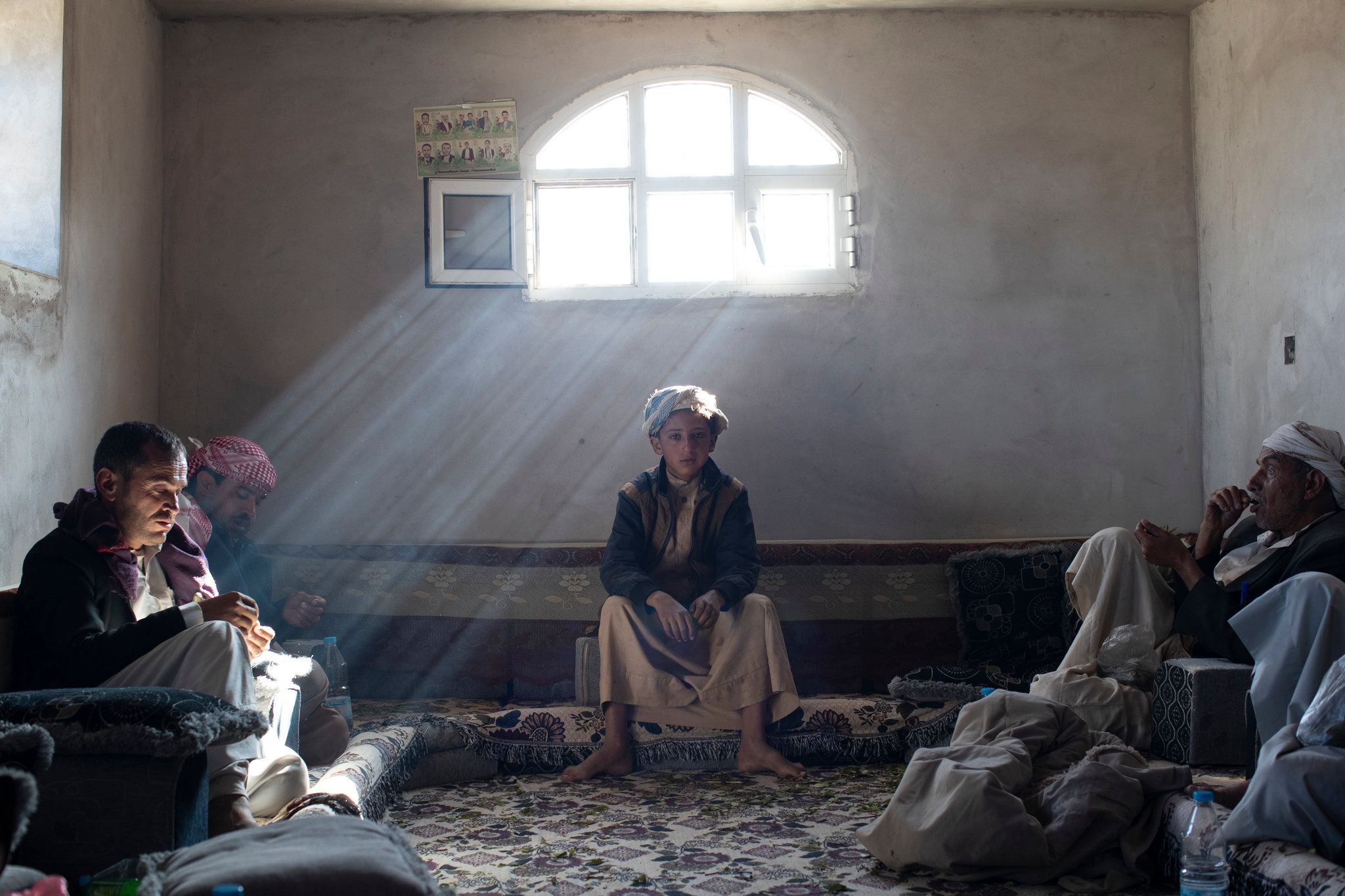
Abdullah Abed al-Abdeli, age 12, whose father died in an airstrike in Northern Yemen. Image by Tyler Hicks/The New York Times. Yemen, 2018.
What forms can war take, and how does it affect civilians directly and indirectly? How can journalists report on a conflict well? Students examine these questions and more by exploring several news stories on the conflict in Yemen, including the AP’s 2019 Pulitzer Prize-winning reporting project.
1. The 1619 Project: A Pulitzer Center Curriculum
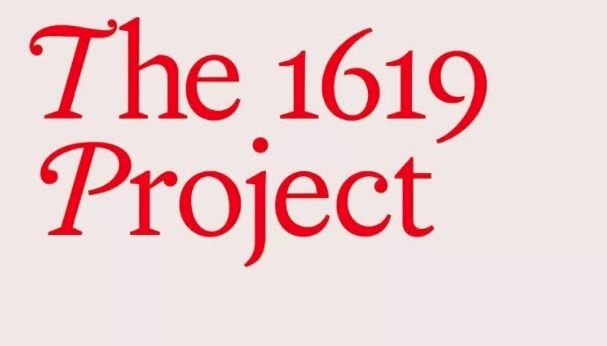
The 1619 Project from The New York Times Magazine is inaugurated with a special issue that examines the modern-day legacy of slavery through over 30 essays and creative works.
Thousands of teachers across the country are reframing history in their classrooms by incorporating The 1619 Project into their curricula. Join the movement in the new year.
This landmark issue of the New York Times Magazine explores how the legacy of slavery has shaped U.S. life and society through essays and creative works by leading historians, journalists, poets, and authors.
